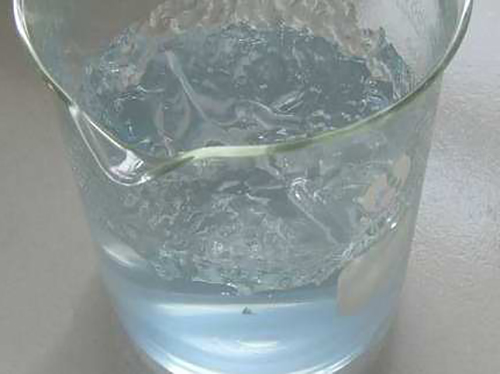what is poly aluminium chloride
What is Poly Aluminium Chloride?
Poly Aluminium Chloride (PAC) is a widely used coagulant in water treatment processes, particularly for the clarification of drinking water, wastewater, and industrial processes. As a chemical compound, PAC is a type of aluminum compound that consists of a polymeric structure of aluminum ions bonded with chloride. Its chemical formula can vary, but it typically has a basicity between 40% and 60%, indicating the number of hydroxyl ions present in the solution.
Composition and Production
PAC is produced by the reaction of aluminum hydroxide with hydrochloric acid or aluminum oxide with hydrochloric acid. This process yields a dense, soluble compound that can be adjusted for various applications by altering its chemical composition. The resulting product is typically a white, yellow, or brownish powder or liquid, depending on the specific production method and the concentration of aluminum ions.
The polymeric nature of PAC means it contains chains of aluminum ions that can effectively bridge and aggregate tiny particles suspended in water, thereby facilitating their removal. This is a significant advantage over traditional coagulants like aluminum sulfate (alum), as PAC can work effectively in a wider range of pH levels and water temperatures.
Applications in Water Treatment
One of the primary uses of PAC is in the treatment of drinking water. Its coagulant properties help to remove suspended solids, organic matter, bacteria, and other contaminants from water sources. When added to water, PAC reacts with impurities, causing them to aggregate into larger particles, which can then be easily removed through sedimentation or filtration.
In wastewater treatment plants, PAC is utilized to enhance the removal of phosphorous, nitrogen, and other pollutants from effluent. The improved coagulation and flocculation processes ensure that treated water meets environmental discharge regulations before being released back into natural water bodies.
Advantages of Poly Aluminium Chloride
what is poly aluminium chloride

The use of Poly Aluminium Chloride offers several advantages over traditional coagulants
1. Effective at Lower Doses PAC demonstrates a higher coagulant efficiency, often requiring lower doses compared to other treatments. This can lead to cost savings and reduced sludge production.
2. Wide pH Range Unlike alum, which is less effective at higher pH levels, PAC performs well across a broader pH spectrum, making it versatile for various water qualities.
3. Rapid Settling Times The larger flocs formed by PAC result in quicker settling during the sedimentation process, improving the overall efficiency of treatment plants.
4. Reduced Chemical Additives Because PAC is effective in smaller quantities, it can lower the need for additional chemical agents, such as pH adjusters or other coagulants, resulting in simpler and more economical treatment processes.
Environmental Considerations
While PAC is generally regarded as safe for use in water treatment, there are some environmental considerations to be aware of. The process of making PAC can lead to the generation of waste by-products, and care must be taken to manage these appropriately. Additionally, overuse of aluminum coagulants can lead to elevated levels of aluminum in the treated water, which has raised concerns in some studies regarding human health and environmental impacts.
Conclusion
Poly Aluminium Chloride is a valuable chemical in the field of water treatment, delivering effective and efficient results. Its ability to work across a range of conditions, produce larger flocs for easier removal, and require lower doses compared to traditional coagulants makes it a preferred choice for many treatment facilities. As water quality standards continue to evolve and the global demand for safe drinking water increases, the role of PAC in maintaining a clean water supply becomes even more critical. Understanding its properties, applications, and potential environmental impacts will be essential as industries strive for sustainable water management solutions.
-
The Ultimate Guide to Flocculants: Transforming Water TreatmentNewsNov.01,2024
-
Improve Your Water Treatment Solutions with PolyacrylamideNewsNov.01,2024
-
Enhance Your Water TreatmentNewsNov.01,2024
-
Empower You to Achieve the Highest Standards of Water QualityNewsNov.01,2024
-
Effective Scale InhibitorsNewsNov.01,2024
-
Discover the Power of Poly Aluminum Chloride in Water TreatmentNewsNov.01,2024





